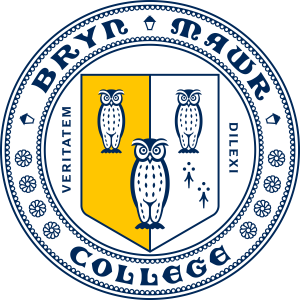Day 3: Design for Active Learning
Section outline
-
Online teaching challenges us to design for a learning context in which students may work intermittently or outside standard hours, at very different paces, and in settings less conducive to focused learning than the average classroom or library. Building in more formative assessment opportunities can be an effective way for students to actively engage with course materials (and each other if there is a group component) in this context, and timely feedback can help sustain student motivation and give you real-time data about effectiveness of your instructional strategies, so you can adjust if needed.
Formative assessments are activities or assignments that prompt students to demonstrate their understanding and provide timely feedback in order to reinforce that understanding or correct misconceptions. Unlike with summative assessments, such as high-stakes final exams or papers, the primary goal of formative assessment is to improve learning, rather than documenting it for grading purposes.
In this module, we will explore how to use online technology to assess and improve student progress towards course outcomes and promote active learning, culminating in a lesson plan for an online learning environment.
Learning Outcomes
By the end of this module, you will:
- be ready to develop varied, effective formative assessments aligned with course outcomes.
- understand the importance of feedback in active learning.
-
(Watch time: 5 min, 47 sec)
Source: Tophat, 2018 Active Learning: How professors should teachThis video offers an introduction to active learning and outlines specific techniques ranging from quick-and-simple interventions to semester-long redesigns of course structure and delivery.
-
Source: Gikandi, J.W., Morrow, D., Davis, N.E. (2011) Online formative assessment in higher education: A review of the literature. In Computers & Education, 57, pp. 2333-2351.
Abstract: This article provides a systematic qualitative review of the research literature on online formative assessment in higher education. Various techniques were identified for formative assessment by the individual, peers and the teacher, many of which were linked with online tools such as self-test quiz tools, discussion forums and e-portfolios. The benefits identified include improvement of learner engagement and centrality in the process as key actors, including the development of a learning community. The key findings are that effective online formative assessment can foster a learner and assessment centered focus through formative feedback and enhanced learner engagement with valuable learning experiences. Ongoing authentic assessment activities and interactive formative feedback were identified as important characteristics that can address threats to validity and reliability within the context of online formative assessment.
-
Source: Austin, D. Mescia, N. (2004) Strategies to incorporate active learning into online teaching. School of Library and Information Science, University of South Florida.
Abstract: What is active learning? Bonwell and Eison describe active learning strategies as those that involve “students in doing things and (have the students) think about the things they are doing” (Bonwell and Eison, 1991, p. iii). Active learning is a key element in the learning process and most adult learning models view interaction (active learning) as a crucial component (Mantyla, 1999, p. 19). In an effective learning environment that incorporates active learning strategies, “greater emphasis is placed on students exploration of their own meaning, attitudes, and values” (Bonwell and Eison, 1992; Mantyla, 1999, p.19). However, a mistaken view many educators have is that learning is an active process and as such, all learning is active, even the most commonly used form of instruction, the passive lecture. In an active learning environment, “less emphasis is placed on transmitting information (teacher-centered) and more on developing students’ skills (student-centered)” (Bonwell and Eison, 1991, p.2). -
Source: Vonderwell, S. K., Boboc, M. (2013) Promoting Formative Assessment in Online Teaching and Learning. In TechTrends, 57(4), pp. 22-27
Abstract: Using effective assessment techniques can improve an instructor’s understanding of student needs and support learner-centered classrooms. Evaluating student learning takes on a new meaning in online classroom environment where students and instructors do not share physical proximity. According to Garrison (2011), the assessment strategies used to determine student learning send “a very strong signal as to what is important and how they should approach learning” (p. 14). This paper describes formative assessment techniques used by two instructors in their respective online courses at the graduate level. The authors give suggestions in designing assessment activities to improve online teaching and learning by making use of student learning data. -
(Watch time: 8 min, 23 sec) Two professors discuss formative assessments used in their online courses that aim to measure higher order learning.
-
28.0 KB · Uploaded 08/5/25, 15:57
-
6.3 MB · Uploaded 08/12/25, 09:17
